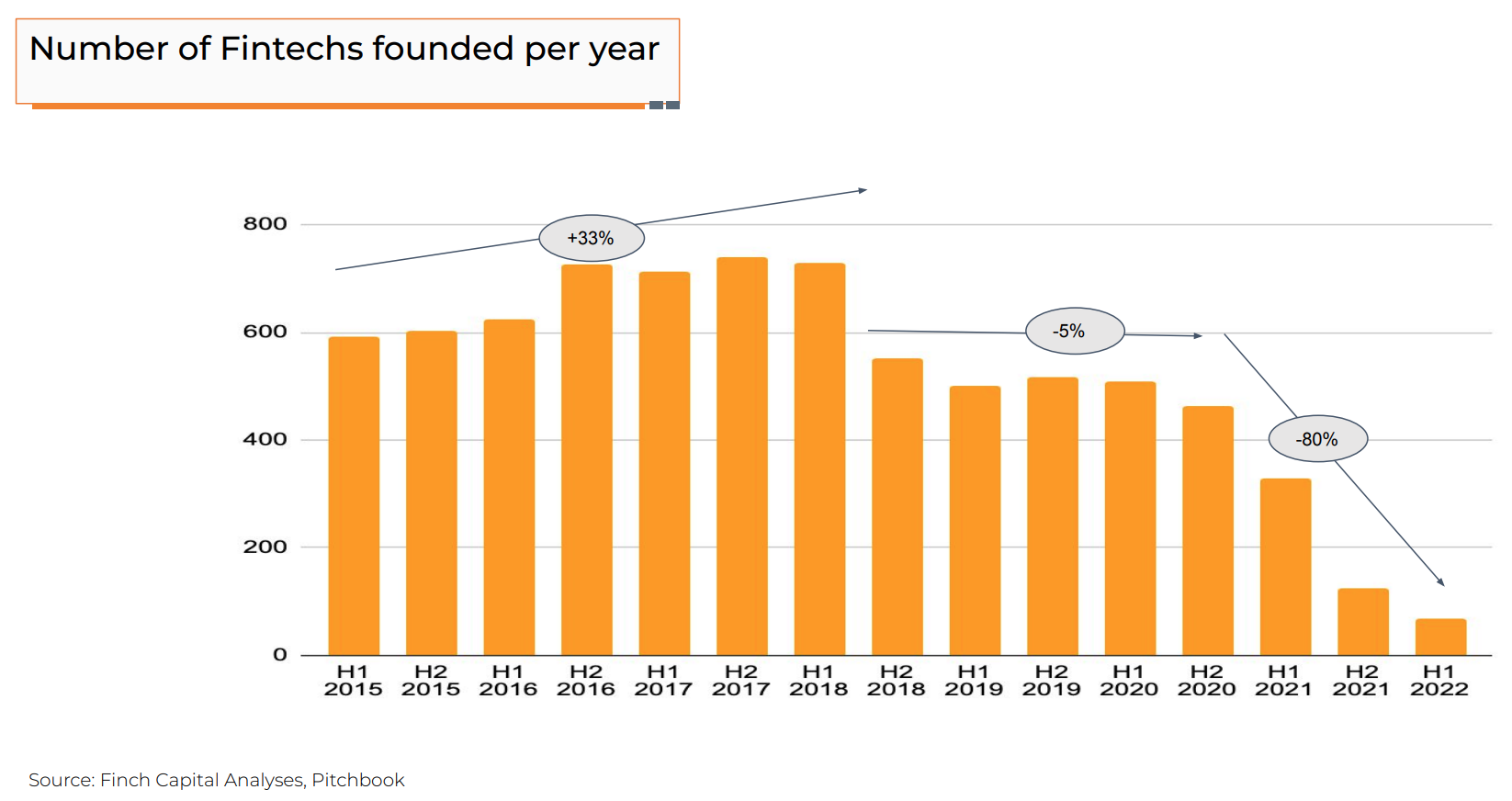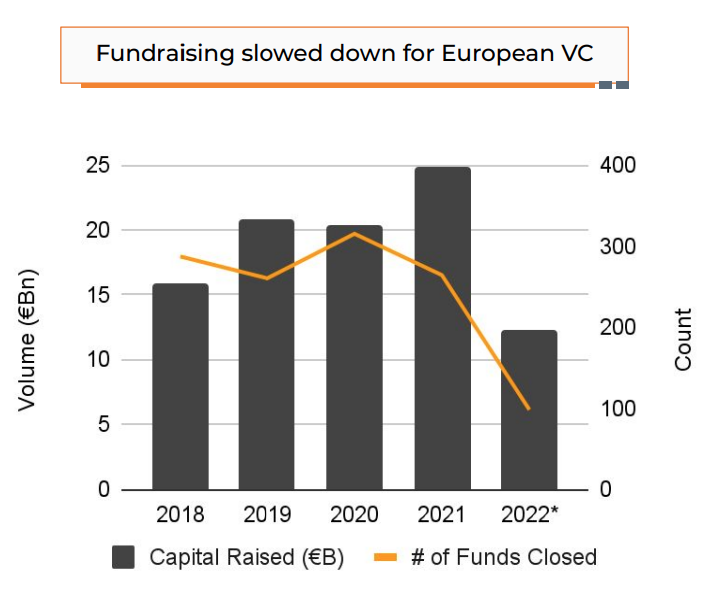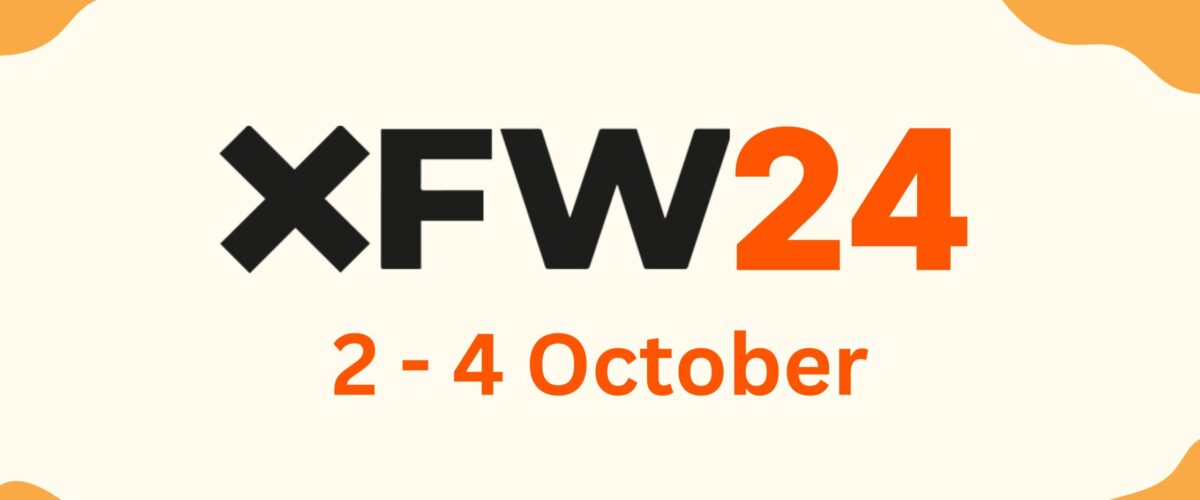For this week’s research article, we dive into new insights on fintech overview, digital payments and crypto. Enjoy researching!
European Fintech Growth Cools Down (Fintechnews Switzerland)
After a decade of growth, the European fintech ecosystem is entering a period of cooling and consolidation reflected by a dropping number of new fintech companies being founded, decreasing funding activity and a decline in exit deals, a new report by Dutch venture capital (VC) firm Finch Capital shows. New business formation in the fintech sector peaked in 2018 with more than 700 new fintech companies founded in H1. Since then, however, the number of new fintech companies started declining and plunged in 2020, dropping 80% from more than 400 new fintech companies founded in H2 2020 to less than 100 in H1 2022. Read more


Dutch payments system is efficient yet costly, study shows (The Paypers)
The Dutch Payments Association has published its Study into costs and revenues of Dutch payment services in 2021 conducted by McKinsey & Co. The purpose of the study commissioned by the Dutch Payments Association’s Executive Board was to create a fact-base for follow-up discussions on the future of Dutch payment services. The McKinsey study is a reprise of a study with the same objective conducted for the Dutch Banking Association (NVB) and De Nederlandsche Bank (DNB) in 2005. Since the 2005 study, new payment products have emerged, different types of players are active in the payments market, and Dutch payment transactions have become more electronic and more international (and in particular more European), according to the report summary elaborating on the results. Read more
Open Banking relevant to 78% of fintechs, says Discover Global Network (The Paypers)
A study by 451 Research commissioned by Discover Global Network has identified trends shaping the fintech ecosystem: connected commerce, Open Banking, embedded finance, and real-time payments. Based on the ‘Fintech State of the Union’ study, Open Banking has been found ‘relevant’ to their business by 78% of fintechs, a sentiment caused most likely by the positive consumer reaction experienced by fintech institutions regarding Open Banking. The Discover and 451 research revealed that 68% of consumers prefer Open Banking due to the fact that it results in expedited credit approvals. Additionally, 6 in 10 fintechs (63%) have expressed an interest in partnering up with a payment network with the scope of developing Open Banking solutions. Discover officials have stated that fintechs are on a constant lookout for new ways of innovating and delivering to their customers, the study having revealed that some of the most predominant emerging trends in 2022 are Open Banking and connected commerce. Read more
Central Bank Digital Currency Tracker (Atlantic Council)
What exactly is a Central Bank Digital Currency (CBDC)? A CBDC is virtual money backed and issued by a central bank. As cryptocurrencies and stablecoins have become more popular, the world’s central banks have realized that they need to provide an alternative—or let the future of money pass them by. Key Findings of this interactive research: 19 of the G20 countries are exploring a CBDC, with 16 already in development or pilot stage. This includes South Korea, Japan, India, and Russia. Each has made significant progress over past six months; 10 countries have fully launched a digital currency, with China’s pilot set to expand in 2023. Jamaica is the latest country to launch a CBDC, the JAM-DEX. Nigeria, Africa’s largest economy, launched its CBDC in October 2021. Read more
39% of US Consumers Now Use at Least One FinTech Service (PYMNTS)
Neobanks, nonbanks, and a host of other constructs fall under the heading “FinTech,” and while broadly popular with the digital-first economy, specific user profiles emerge on closer examination. PYMNTS analyzed this in “The Disbursements Satisfaction 2022: The Role of FinTechs,” a collaboration with Ingo Money, and part of The Disbursements Satisfaction 2022 series. In a survey of over 3,600 United States consumers, we found that 39% use FinTechs in some capacity, whether as their primary or secondary financial institution (FI). This indicates that at least 68 million U.S. consumers use FinTechs to some extent, often to receive or send money in peer-to-peer (P2P) fashion. Read more
–
Do you have any news to share: please put [email protected] on your press list.
Curious to read and find out more from fintech? Then subscribe & read our full newsletters here. In order to see our other weekly highlights, check out the following links: analysis & opinion


